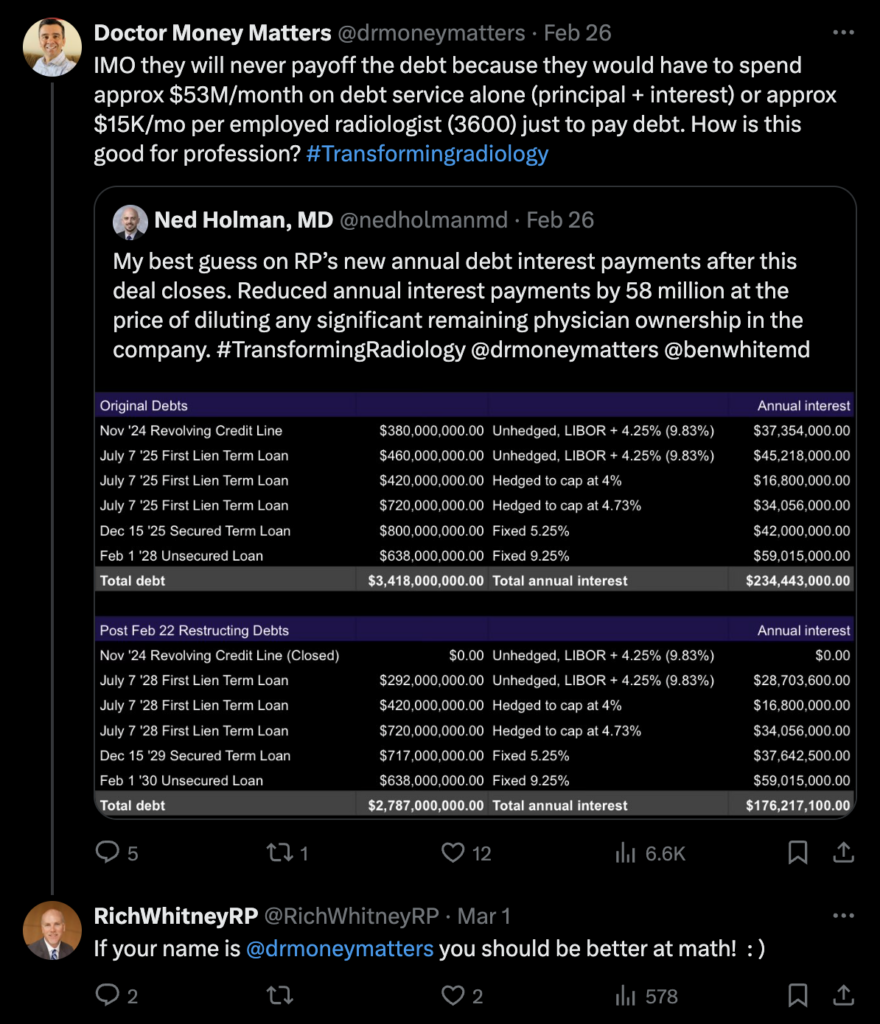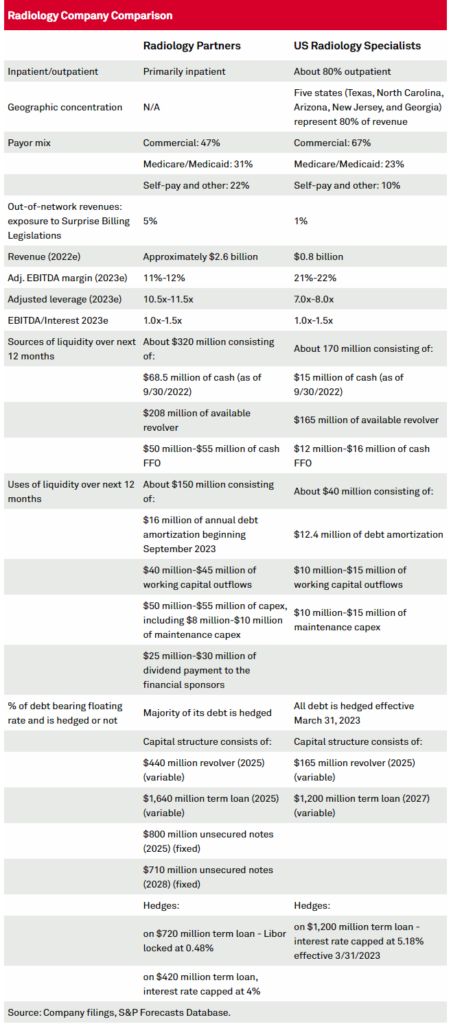On living in a tumultuous, uncertain world, from the Free Press’ Abigail Shrier:
Overinvest, never underinvest, in people around you and in those you love. Particularly in a world with poor visibility, they are the closest thing any of us has to security. Give the community you inhabit a real shot and make a go of ensuring it succeeds.
If crime skyrockets, if you must leave the city, if our great civilization goes bust, you won’t regret the time you spent taking your kids and their friends out for ice cream. You’ll all carry with you memories that will bolster you wherever you go. Do all these things right up until the very moment you decide to make a change.
Here is the tough love you requested: You won’t regret having wholeheartedly invested in your home and community for as long as they are yours. I can almost guarantee, at the end of your journey, you won’t lament, “Civilization collapsed. I needed to flee. And meanwhile, I’d just bought this damn sofa.”

